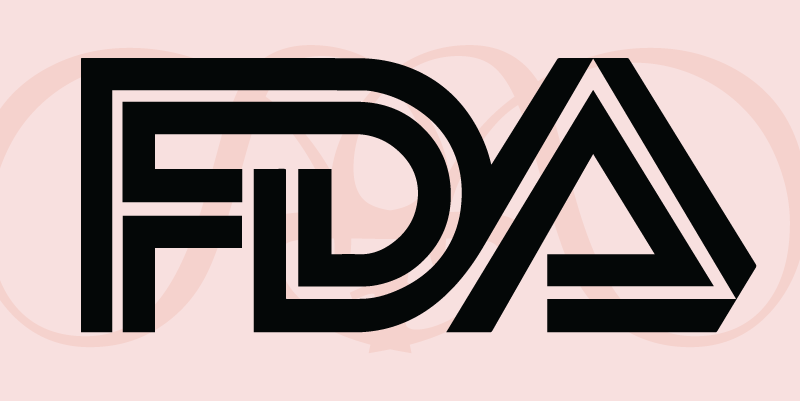The Food and Drug Administration regulates the cosmetics industry. They maintain safety standards and approve materials suitable for use in the United States. Cosmetics are classified as substances intended to be applied to the body for the purpose of cleansing, beautifying, promoting attractiveness, or altering appearance. Although cosmetic products do not require FDA approval before being allowed into the consumer market, they must meet ingredient safety standards. Manufacturers are also legally responsible for the safe use of the products they manufacture when used as the label recommends. The FDA monitors cosmetic products through these five methods.
Voluntary Cosmetic Registration Program (VCRP): The FDA encourages cosmetic companies to submit formulations and safety data to the data base.
Inspections: The FDA can inspect manufacturing facilities to ensure proper controls and practices are being maintained. Works with U.S. Customs and Border Control to examine shipments.
Surveys of Products: Occasionally the FDA will purchase products and test them at random. The findings can be used to alert consumers, support regulatory actions, and issue industry guidelines.
Cosmetic Ingredient Review (CIR) Panel: This Independent, industry-funded panel of scientific and medical experts have quarterly meetings to asses safety of specific ingredients found in cosmetics.
Consumer and Health Care Provider Reports: The report of adverse reactions from cosmetics is not legally required. However, the more information that is reported to the FDA helps to get bad products off the market more quickly.
*Some restricted or prohibited ingredients of cosmetics are Bithionol, Mercury Compounds, Vinyl Chloride, certain halogenated salicylanilides, aerosol Zirconium, Chloroform, Methylene Chloride, and Chlorofluorocarbon propellants.*
Below are links to FDA Fact Sheets on Importing and Exporting cosmetics.
http://www.fda.gov/Cosmetics/ResourcesForYou/Industry/ucm388732.htm

